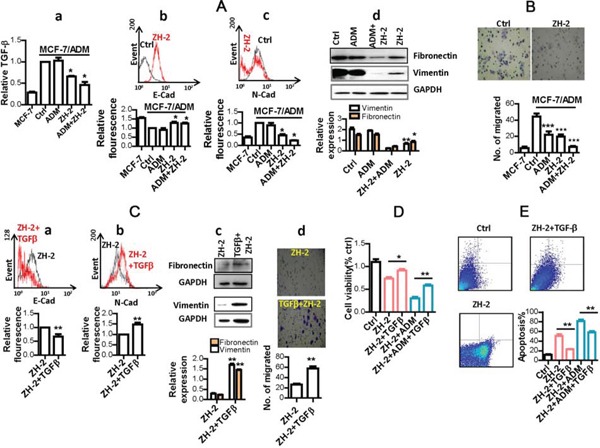Figure 4. ZH-2 inhibited the EMT pathway in MCF-7/ADM cells.

A. MCF-7/ADM cells were treated with ZH-2 (15 μg/ml) and/or ADM (10 μM), then the hallmarks of EMT were analyzed in MCF-7/ADM and MCF-7 cells. (a) ELISA analysis of extracellular active TGF-β. (b) and (c) Flow cytometry of cell-surface E-cadherin (E-Cad) and N-cadherin (N-Cad). (a~c) The value for MCF-7/ADM cells without any treatment was set at 1. (d) Western blot analysis of vimentin and fibronectin expression. **p<0.01, *p<0.05 vs control. B. Cell migration with different treatments. ***p <0.0001 vs control.C. Treatment with TGF-β reversed the decrease in hallmarks of the EMT pathway. MCF-7/ADM cells were treated with ZH-2 (15 μg/ml) with or without TGF-β (5 ng/ml) for 48 h, then cell-surface E-Cad (a), cell-surface N-Cad (b); vimentin and fibronectin (c); and cell migration (d) were assessed. **p <0.01 vs control. (a, b) The value for MCF-7/ADM cells with ZH-2 treatment was set at 1 D. Treatment with TGF-β enhanced the viability of MCF-7/ADM cells under ZH-2 or ADM treatment as assessed by MTT. Cells were treated with ZH-2 (15 μg/ml) and/or ADM (10 μM) with or without TGF-β (5 ng/ml) for 48 h. *p <0.05, **p <0.01 vs without TGF-β. E. Treatment with TGF-β decreased the apoptosis due to ZH-2 as assessed using an AnnexinV-FITC/PI kit. MCF-7/ADM cells were treated with ZH-2 (15 μg/ml) and/or ADM (10 μM) with or without TGF-β (5 ng/ml) for 48 h. **p <0.01 vs without TGF-β.
